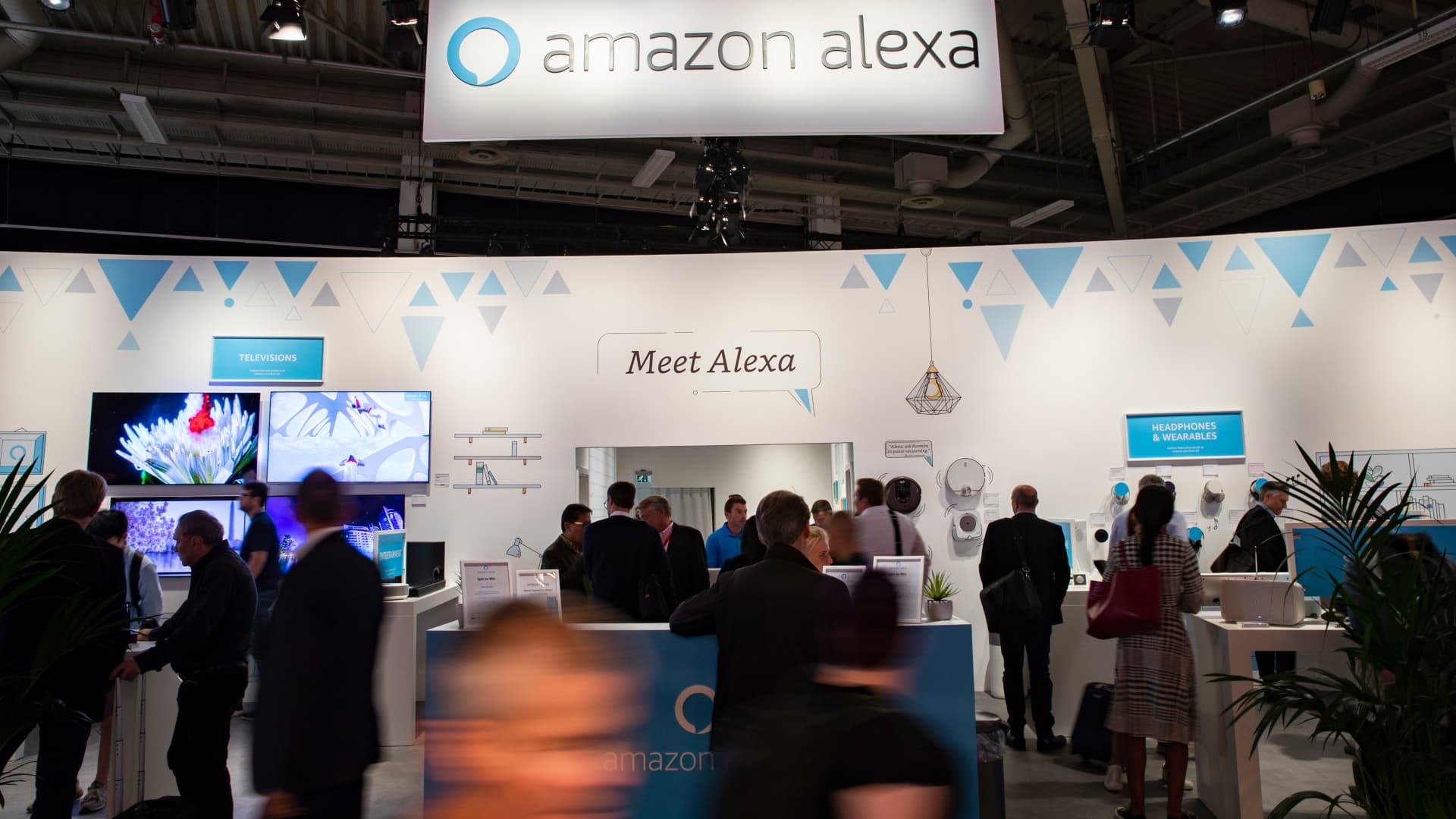
The intern class of 2020 faced serious challenges during the height of the coronavirus pandemic. In April 2020, an estimated 16% of employers revoked internship offers and CNBC Make It spoke with several interns who had their internships postponed or canceled.
But among those internships that were not canceled, wages remained strong. According to a recent survey of 267 employers (including big-name companies such as Adidas, Dell and Wells Fargo) by the National Association of Colleges and Employers, the average hourly wage for paid interns in the summer of 2020 was $20.76 — an increase of $1.22 from the previous year and the highest rate ever measured.
More than half (56%) of organizations said they helped interns relocate, including $2,500 for housing and $1,700 for travel expenses, on average. About 14% of employers said that they use signing bonuses to help convert interns into full-time employees.
Among employers who held an internship during the summer of 2020, approximately 72% did so virtually.
Today, internships are the “primary source that large companies use to recruit their full-time employees,” says Joshua Kahn, assistant director of research and public policy for NACE. “Companies were expecting for competition to be off the charts. And what are the other options to attract talent? They can change wages, perks, benefits. Company culture is something that they can try to affect to attract and retain but that’s a long-term change to change.”
According to a NACE survey of 5,286 interns in the intern class of 2020, 66.4% received and accepted full-time offers.
But while competition at top employers may have led to good pay for some, nearly 40% of interns surveyed said they were not paid at all — creating a widening gap in the benefits that internships offer.
“Among large companies, they virtually all pay,” says Kahn. “What we’re seeing is most of the unpaid internships are in the non-profit sector, the government sector.”
Kahn adds that NACE advocates for employers to pay interns.
“There is a movement building to get rid of unpaid internships,” he says. “It is an equity issue. Frequently, those folks that can take an unpaid internship are in a more privileged position. It’s almost an obstacle or barrier for folks from lower-income families that want to go into public service or government or the nonprofit sector, it becomes a barrier.”
NACE data indicates there are significant inequalities in the types of young people that take advantage of internships and “co-ops,” a name used to describe a long-term work-experience program. Often, co-op participants receive school credit and pay.
Men account for the majority of interns (57.6%) and co-ops (67.5%), and the majority of college students taking part in these experiences are white (62.0% of interns and 71% of co-ops).
“There has been a lot of verbal commitment to DEI [efforts.] Last summer, we polled employers about their plans moving forward, and an overwhelming number of them made commitments to recruit for equity,” says Kahn. “But we also asked them ‘Now have you given new funds to your recruiting department for these recruiting efforts?’ And the number that had was much smaller than the number that had made commitments. So we saw a lot of talk, less action.”
Don’t miss:




